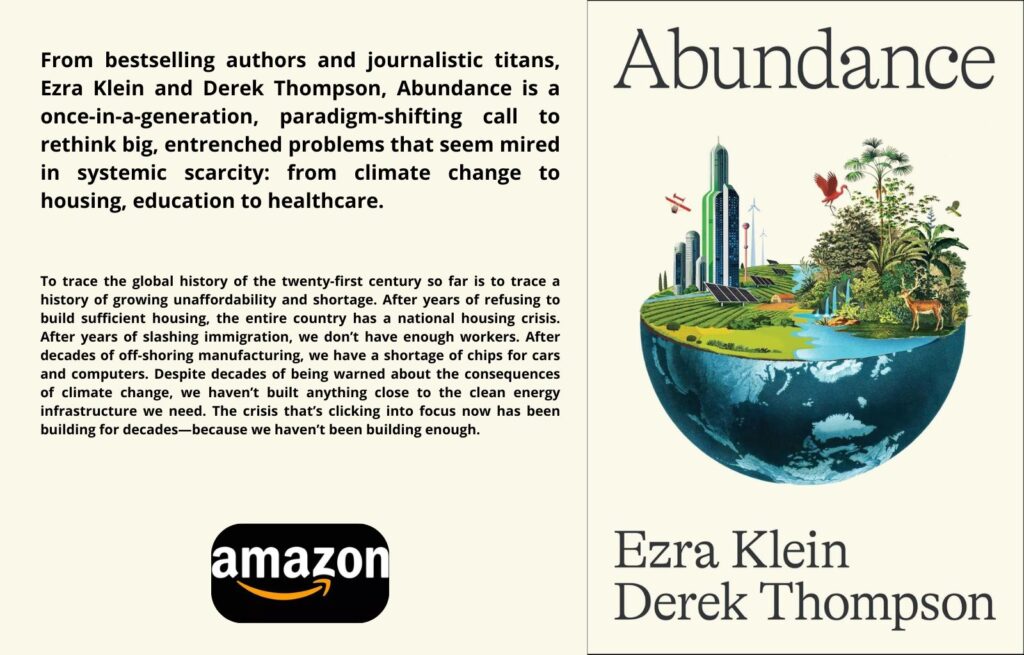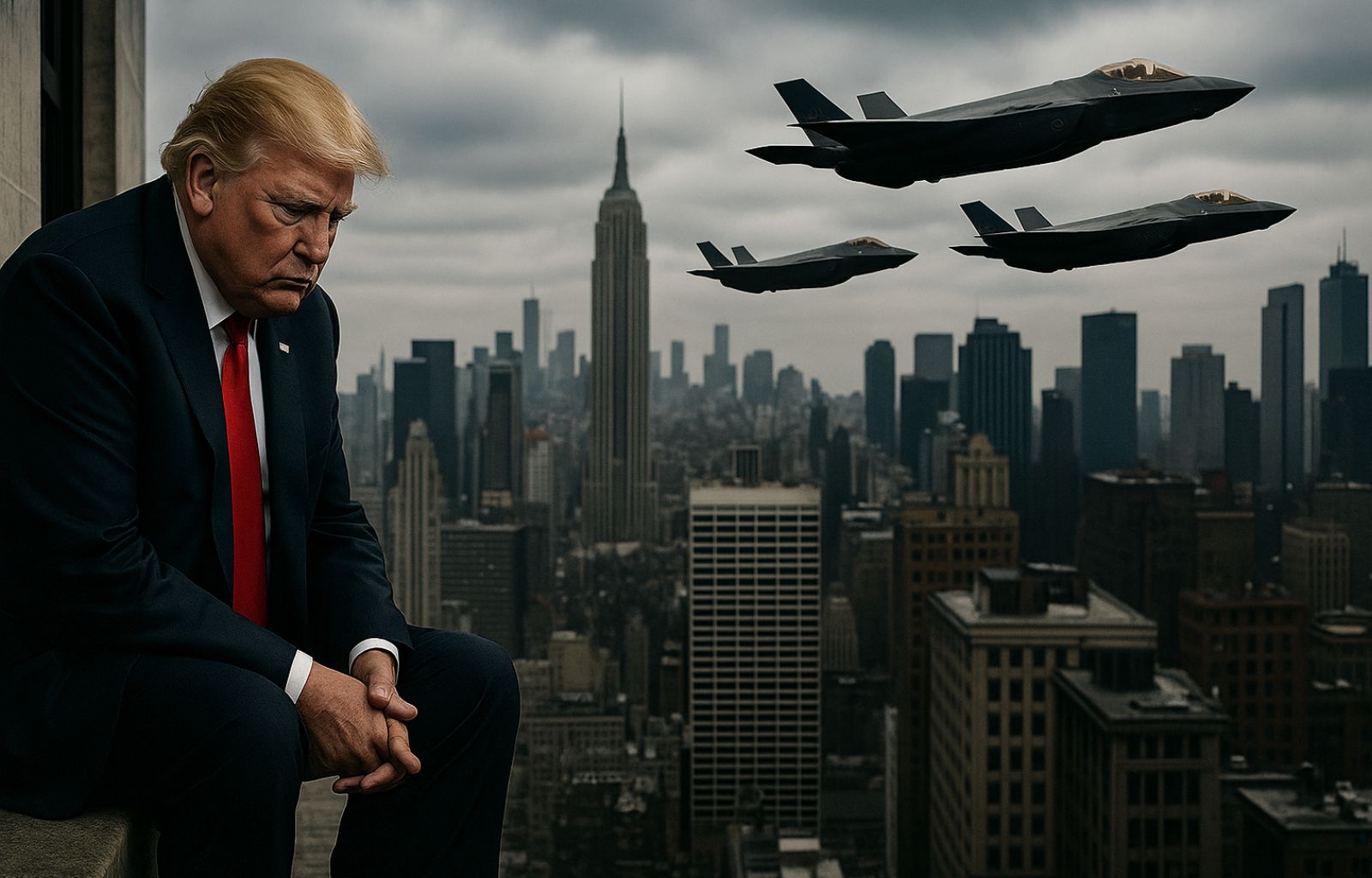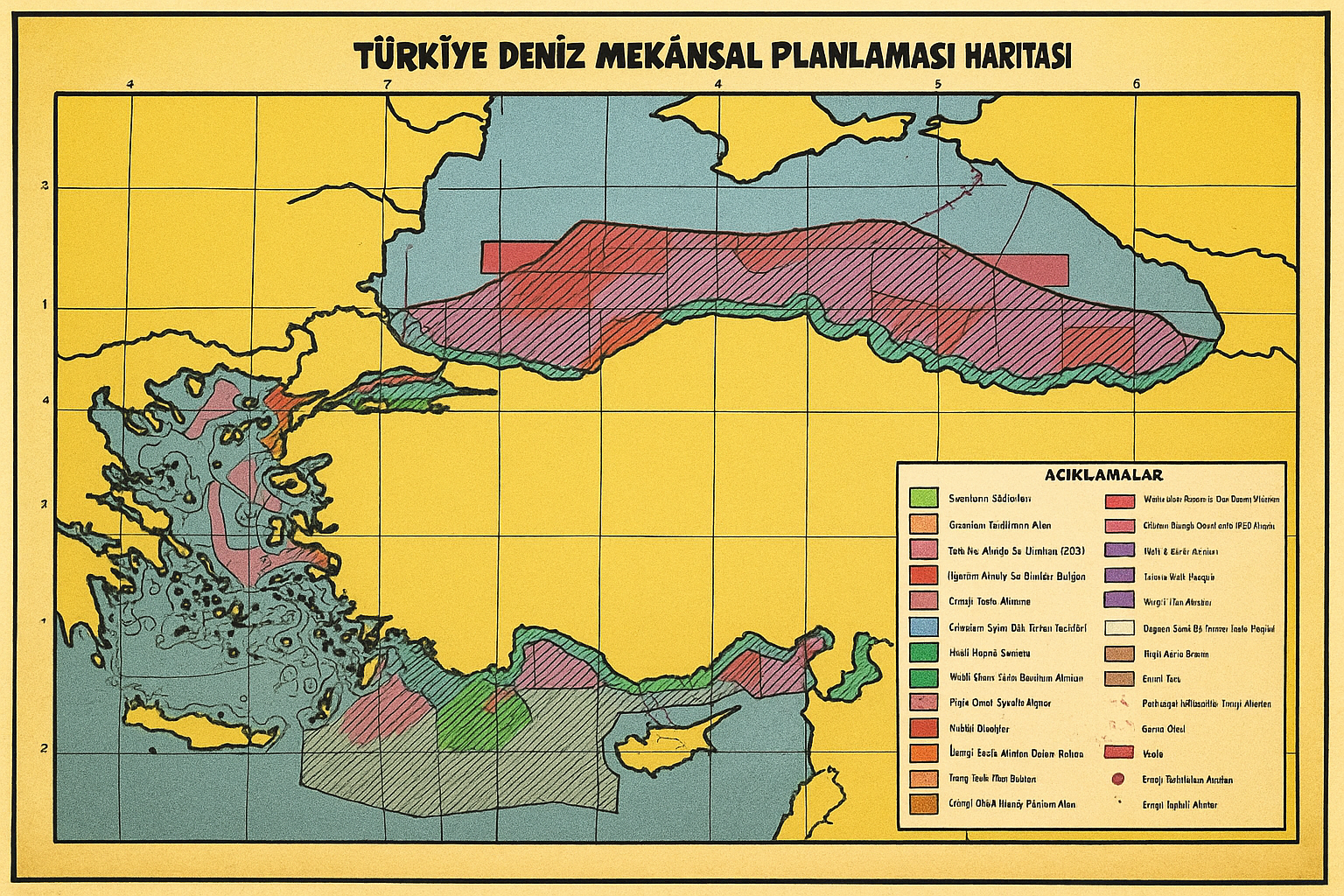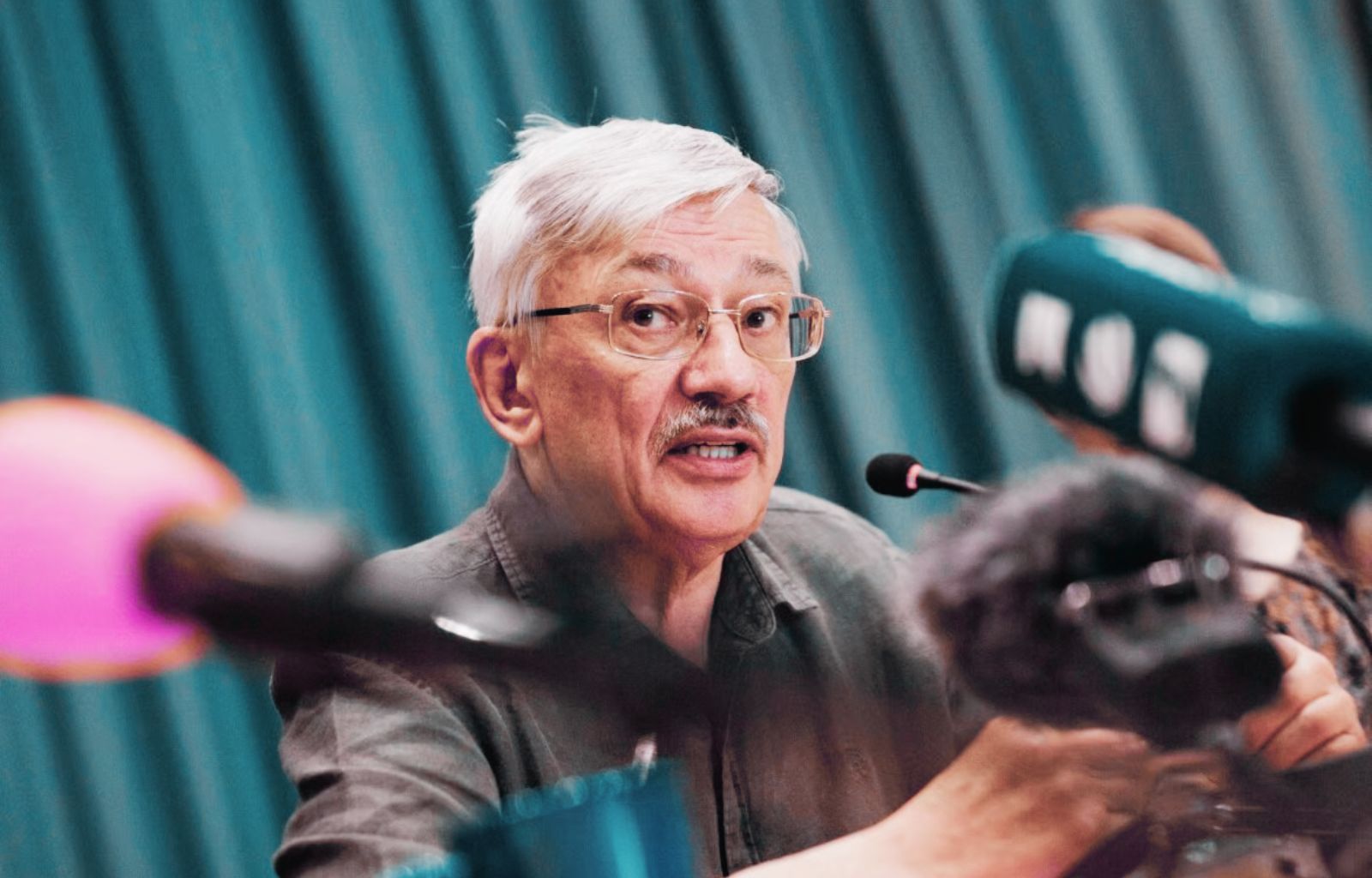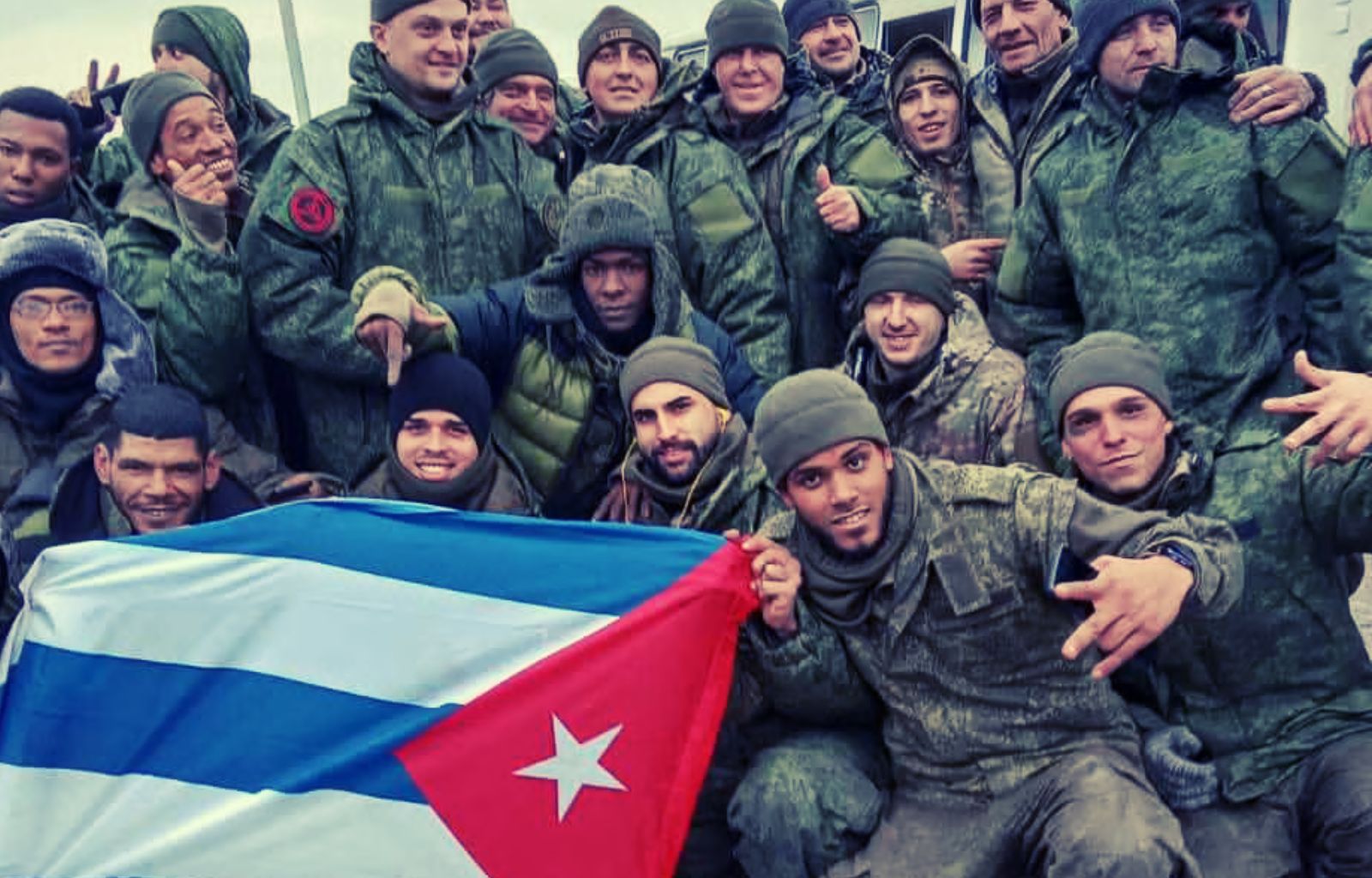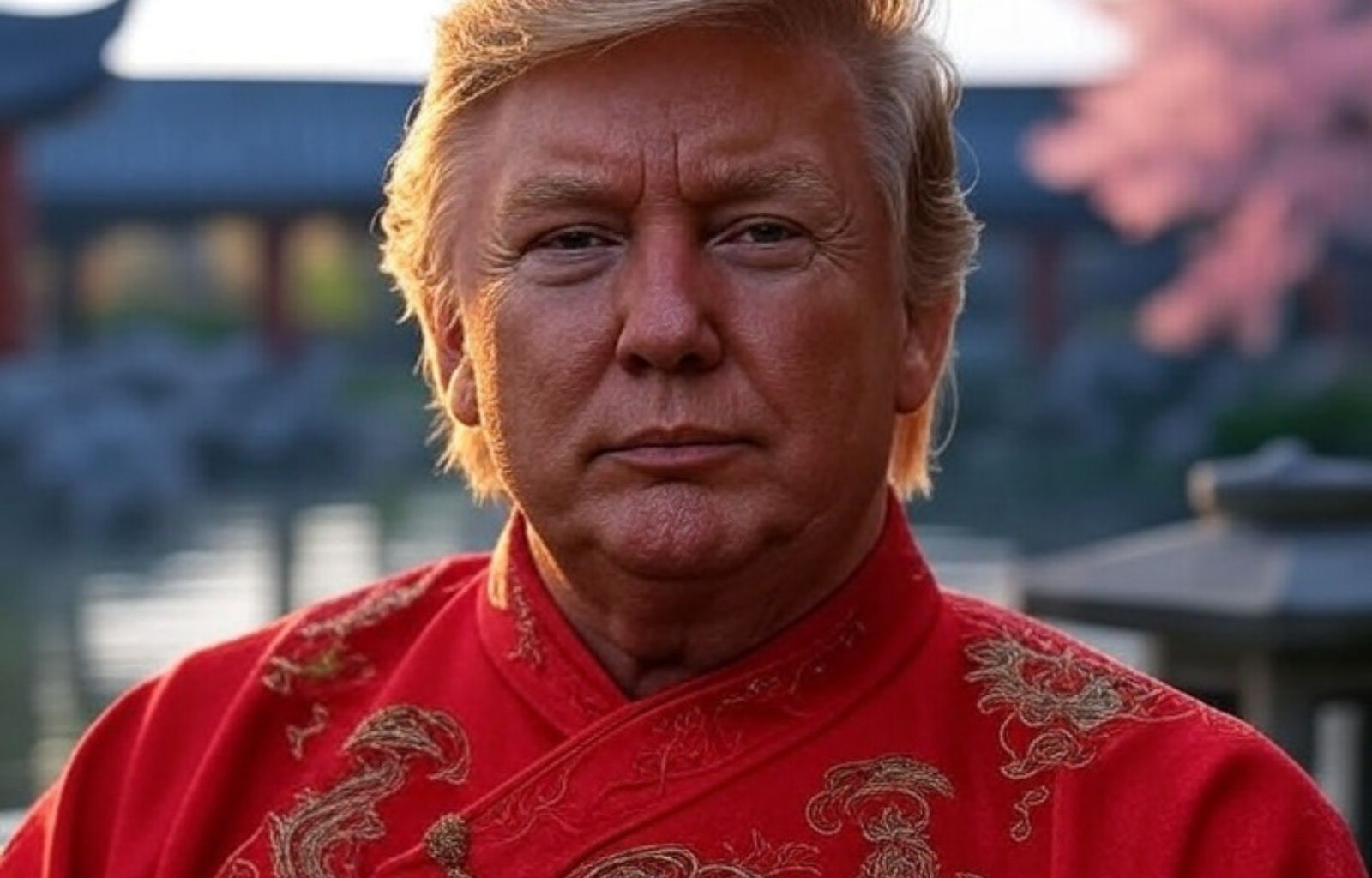The Hormuz Squeeze: between oil, US bases under fire and the Saudi enigma

After the US attack in Iran, the Persian Gulf – or Arabian Gulf, as they call it on the Arabian Peninsula side – is once again the centre of the world. This is no exaggeration: what happens in the Strait of Hormuz has an immediate impact on the global economy, energy security and the most delicate geopolitical balances on the planet.
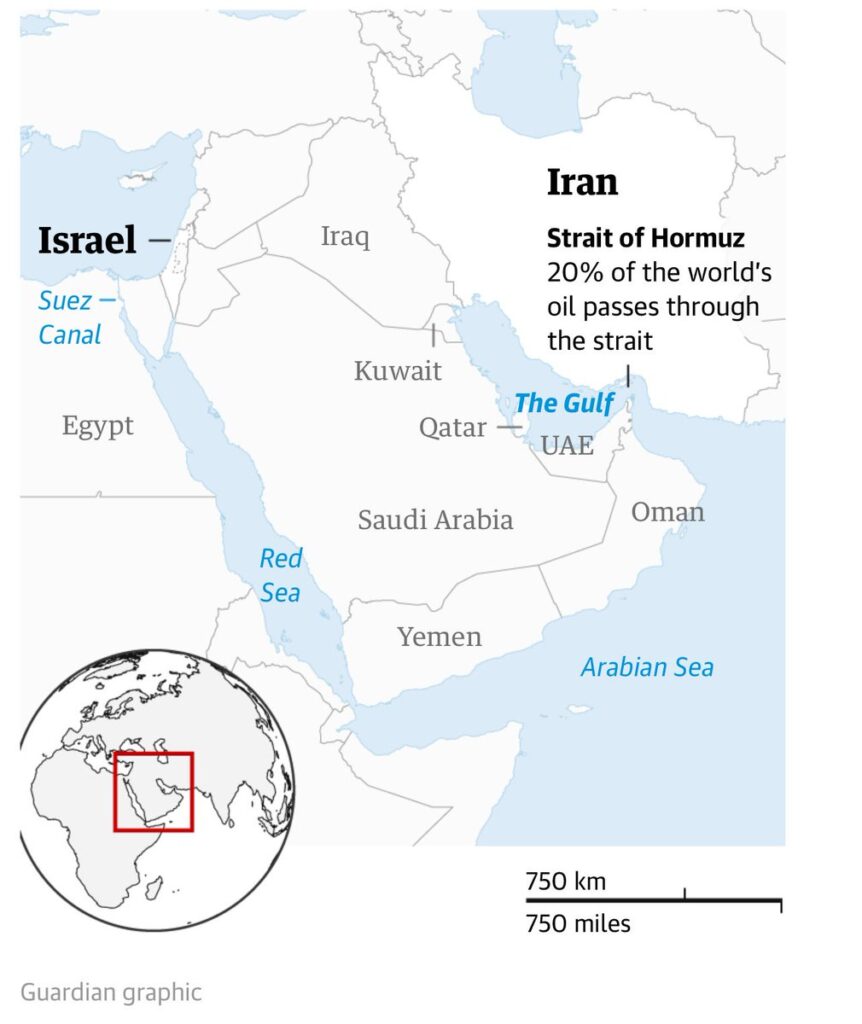
Tehran’s double-edged sword
The Iranian threat to block the Strait of Hormuz is a classic asymmetric warfare move. Between 20 and 30 per cent of the oil transported by sea passes through that passage: blocking it would mean triggering a price explosion and putting entire economies in crisis. But it is also a dangerous move for Iran itself, which would damage its ability to export crude oil, lose diplomatic leverage, and risk overwhelming military retaliation. It is a weapon that can be displayed, waved, used intermittently, but not easily deployed to the full without irreversible consequences.
In recent hours, as the second picture below shows, dozens of oil tankers are leaving the area, a clear sign that the industry fears a possible closure of the strait.
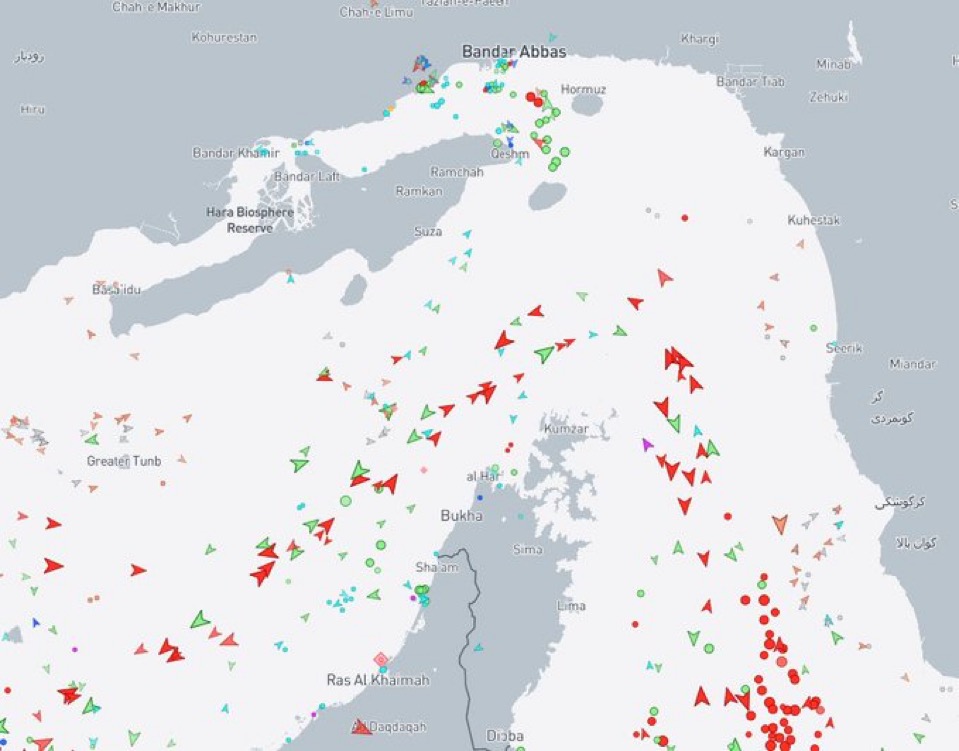
US bases in the crosshairs
The Gulf is dotted with US bases. Kuwait, Bahrain, Qatar, the United Arab Emirates, Saudi Arabia, and Oman have hosted US forces for decades, with presences ranging from dozens of military advisers to full-fledged strategic installations. After the direct involvement of the US Air Force in raids against targets in Iran, these bases become legitimate targets for possible retaliation by Tehran or its proxy militias. The greatest risk is not so much a conventional attack as a campaign of asymmetric actions: drones, sabotage, cyber raids, false flag operations. The military geography of the Gulf, today more than ever, is a weak point in the American security architecture.
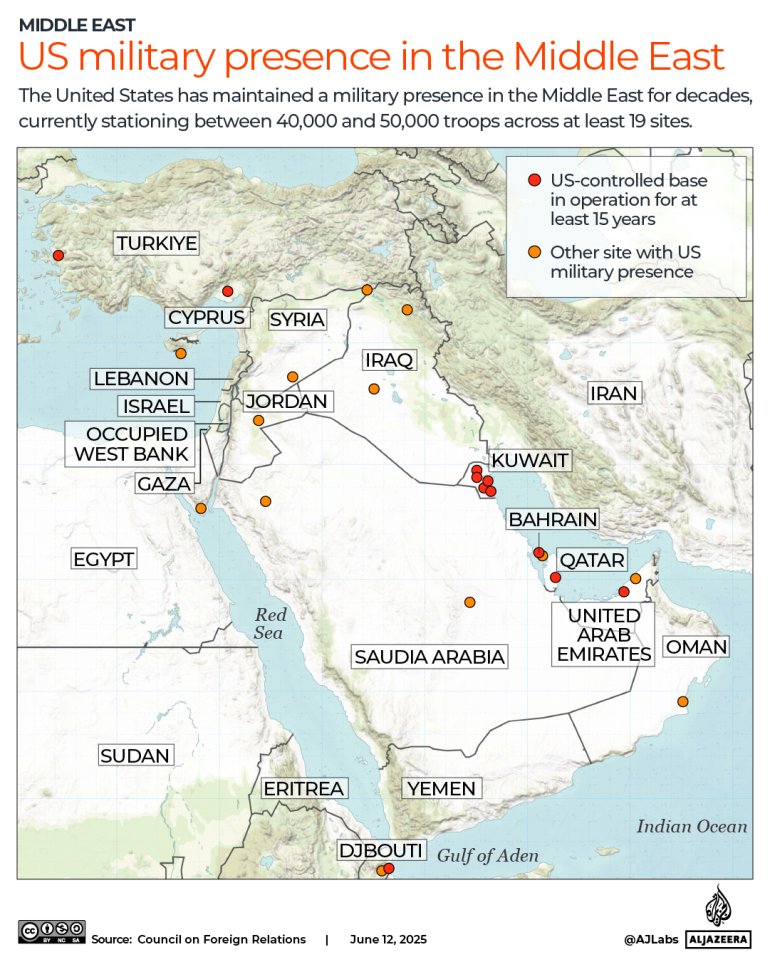
Saudi Arabia, the subtle game of ambiguity
Many analysts have wondered what Saudi Arabia’s response will be. After the first Israeli attack in Iran, Riyadh had hastened to publicly condemn the action. Some had taken that condemnation seriously, others had seen it as a cosmetic statement, useful to preserve a certain public narrative in the Arab world. But today the scenario has changed: it is no longer a question of Israel, but of the United States, the Kingdom’s strategic partner par excellence.
And here we must be clear: Saudi Arabia’s real choice is not between supporting or condemning American action – but between making its alignment visible or invisible. No Gulf monarchy, least of all Saudi Arabia, can afford a break with Washington. Internal security, the defence of airspace, the protection of oil sites and even the technological modernisation of the country rest on that partnership.
Mohammed bin Salman’s dilemma, therefore, is a different one: what narrative to offer the Arab world and his own people, and in parallel what discreet support to provide to his US ally. Will he do this by opening or closing airspace? By providing intelligence? By silently supporting an increase in oil production to compensate for market shocks? Every gesture will be read, interpreted, used.
Towards the next move
The Middle East has entered a phase in which deterrence is exercised less with words and more with the movements of ships and drones. The traffic out of the Strait of Hormuz, visible on the satellite map, speaks for itself: instability is already in the numbers, in the price of the barrel, in the frantic movement of oil companies seeking safer ports.
The game is not only played between Washington and Tehran. It is played above all between Tehran and the Gulf capitals, and within those capitals, between the palaces of power and increasingly agitated public opinion. In between, there are the vulnerable and strategic American bases. And across the Mediterranean, there is a fragile Europe, whose attempts to negotiate with the ayatollahs’ regime have already broken down.
